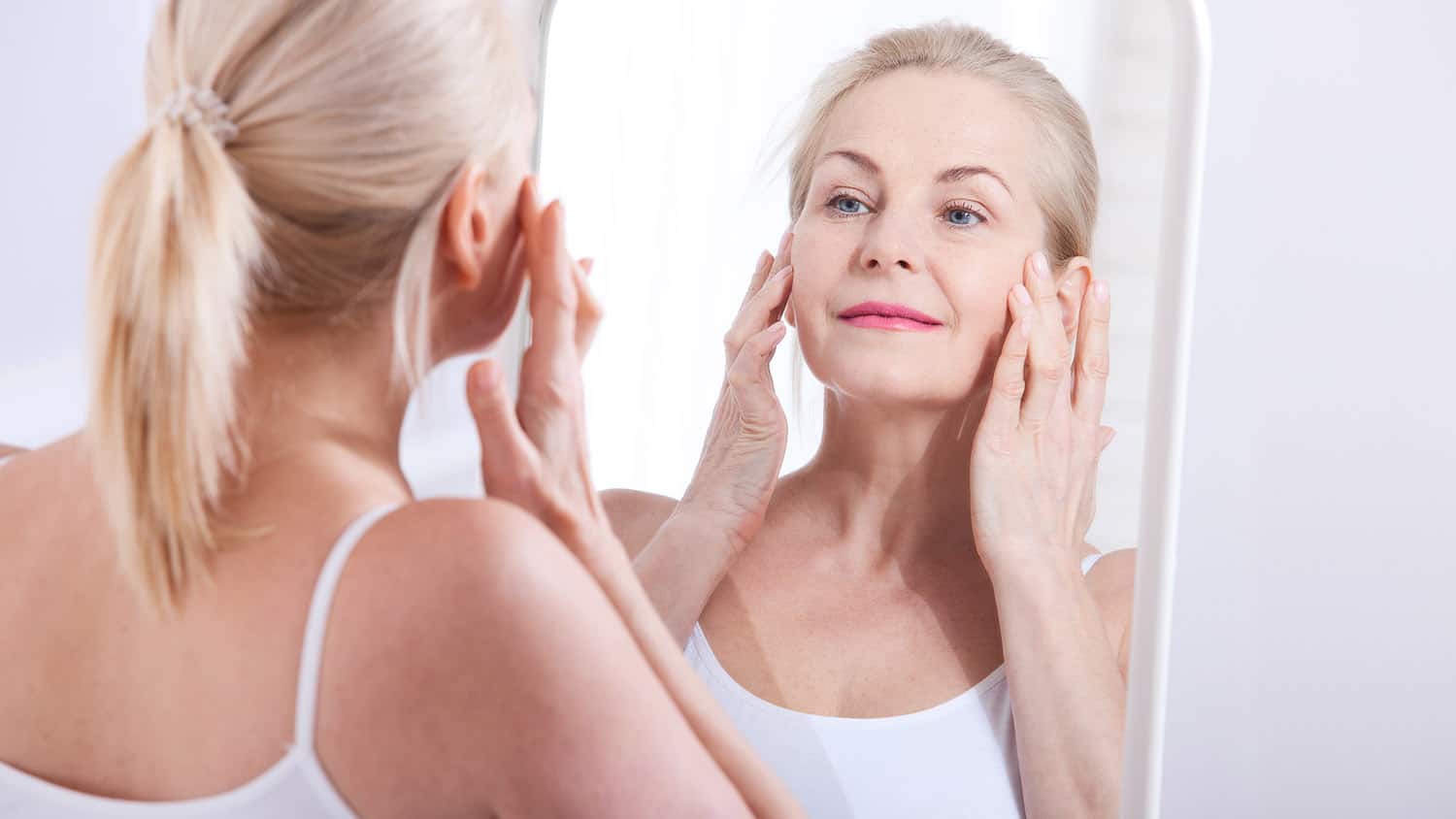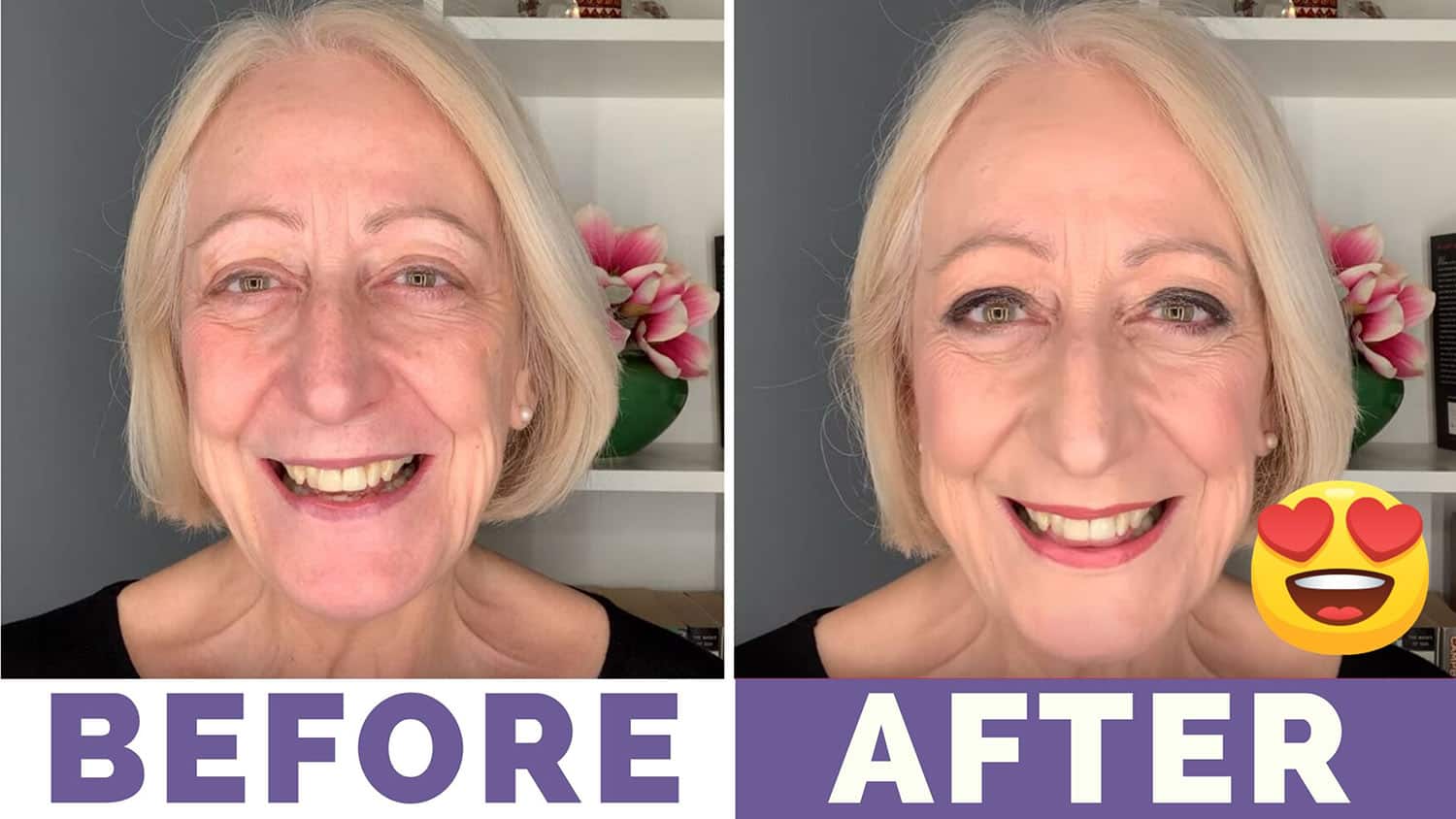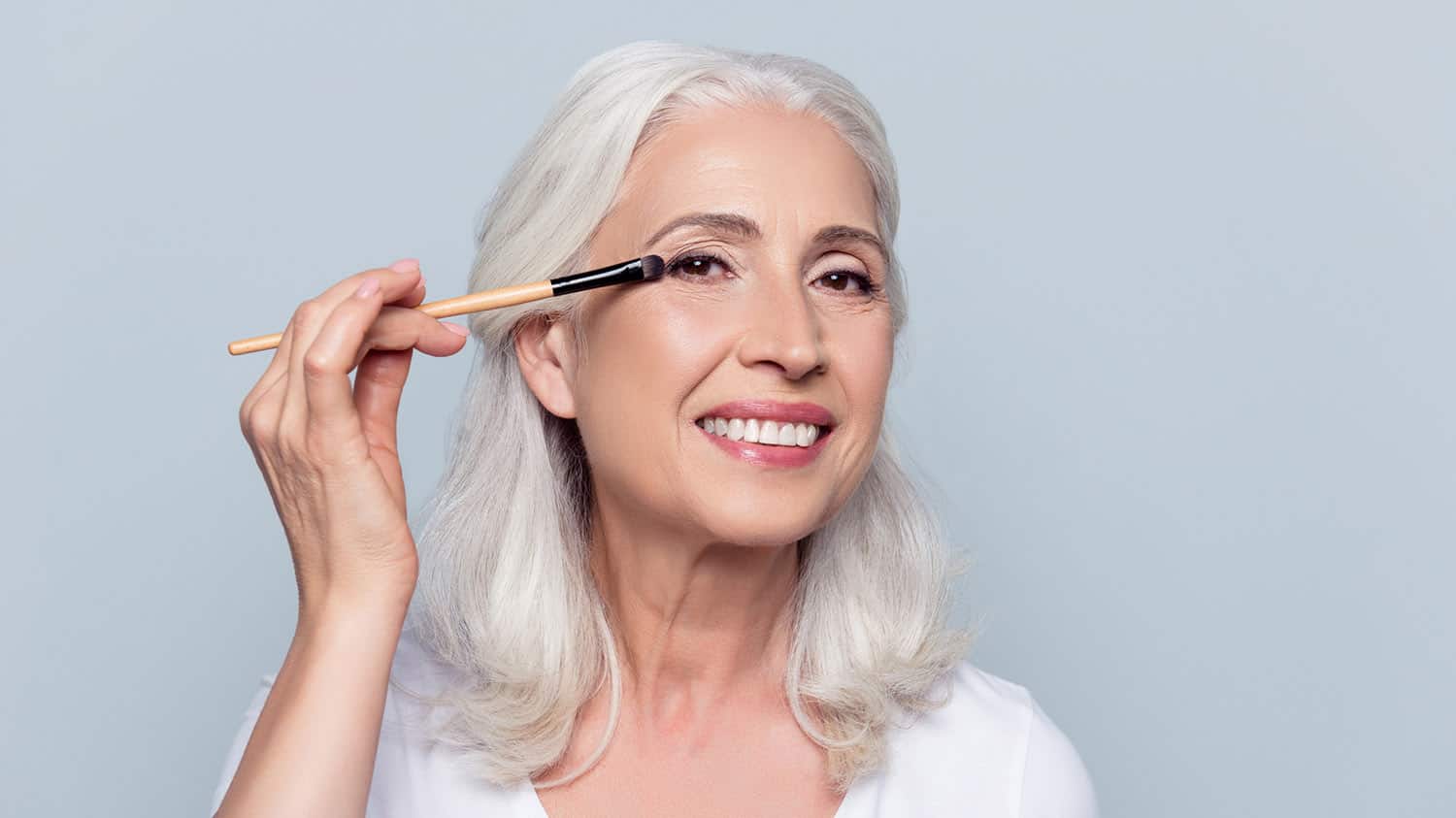
Makeup After 60: What Is Face Primer and Is It Really Necessary?
It’s time to be brutally honest. When I first heard about face primer, I thought, “You’re kidding. One more layer of stuff to put on my face? No way!”
I simply didn’t see the need for it. But I decided to try out a few of them anyway, and the experience left me feeling that face primers were useless. They felt slick, greasy or tacky on my skin, and I was not impressed.
Still, I kept reading and hearing about all the benefits of face primers: they combat shine, they create a smooth base for foundation, they help foundation go on easier and the foundation lasts longer… and so on.
After a year or so, I thought I would give face primers another chance. At that time, I had to reluctantly admit that the one I tried felt pretty good on my skin.
Moreover, my makeup looked darn good at the end of the day even though I’d been out in the vicious heat and had logged a lot of errand-running miles. I had to admit I was impressed.
Now You Can Find a Primer for Just About Every Skin Concern
Primers have continued to improve. There are now many primers that also help us with a variety of skin types and concerns –from dullness to redness to pore issues to dry- or oily-skin issues.
So Just What Is a Primer and What Does It Do?
Face primers create a protective barrier over the skin. They are primarily used to even out the skin tone, to smooth the skin’s surface so makeup goes on more evenly and to help makeup last longer.
Think of face primer as you would paint primer for your house: the goal is to apply a smooth base coat (primer) before applying the final coat (foundation).
Here’s a quick rundown of the benefits of using a face primer:
- Helps your makeup stay flawless and in place longer – and is a real help in extreme weather conditions.
- Helps foundation glide on more easily and evenly.
- Absorbs oil to help combat shine later in the day.
- Helps reduce the look of large pores.
- Depending on the type of primer, it can help even out the skin tone.
- Helps fill in lines, wrinkles and other imperfections so you use less foundation.
- Depending on the type of primer, it can add brightness to the skin.
- Can help prevent makeup from looking ‘caked on.’
- Creates a protective barrier over the skin which seals in and protects any treatment products used during your daily skincare regimen.
Some Additional Tips
There are a few other things to point out as well.
Many makeup primers are formulated with silicon-based polymers, like dimethicone, because of their ultra-smoothing effects. But if you struggle with cystic acne or other skin conditions, do a patch test or check with a medical professional since some people report allergic reactions to dimethicone.
There are also many primers that are based on skin-loving ingredients or botanicals, are paraben free and packed with vitamins and minerals. And some primers also have SPF.
I highly recommend requesting samples of various primers from department store makeup counters or from Sephora or Ulta to see which primers feel best on your skin and work best for you.
How to Apply Primer
Many makeup artists recommend applying primer with your fingertips for several different reasons. The warmth from your fingers allows the product to ‘melt’ into your skin and provide natural-looking results.
In addition, applying with your fingers allows you to work the product into your skin, which also gets the blood flowing underneath, helping your circulation.
Another option is to blend some of the primer into your favorite liquid foundation. This will provide sheerer coverage but with some staying power.
When to Apply Primer
Now you may be wondering exactly when you should apply primer during your skincare and makeup routine.
You will always want to put primer on after you complete your skincare routine and before you put on foundation. If you’re using a separate SPF product, your SPF should go on after your moisturizer and before your primer.
So why not pick up a few primer samples and give them a try? Who knows… it may just be the ingredient you need to continue to look flawless when you still have those dancing shoes on at 10 p.m.
Have you tried a face primer under your makeup? What has been your experience with it? Has it worked for you? Would you recommend a face primer to others? Please share your opinion and thoughts below.







I use a face primer by Clarins which I mix with my. Liquid foundation if I am not using a foundation powder. I also use serums at night. I also use Clarins bronzing powder as an every day foundation. It is the lighter one I use.
Hi, Jane–Mixing face primer with foundation is a great way to do it and Clarins makes some wonderful products. And it sounds like using the bronzing powder is working wonderfully for you. It’s all about what works best for each of us and it sounds like you’ve found a great routine.